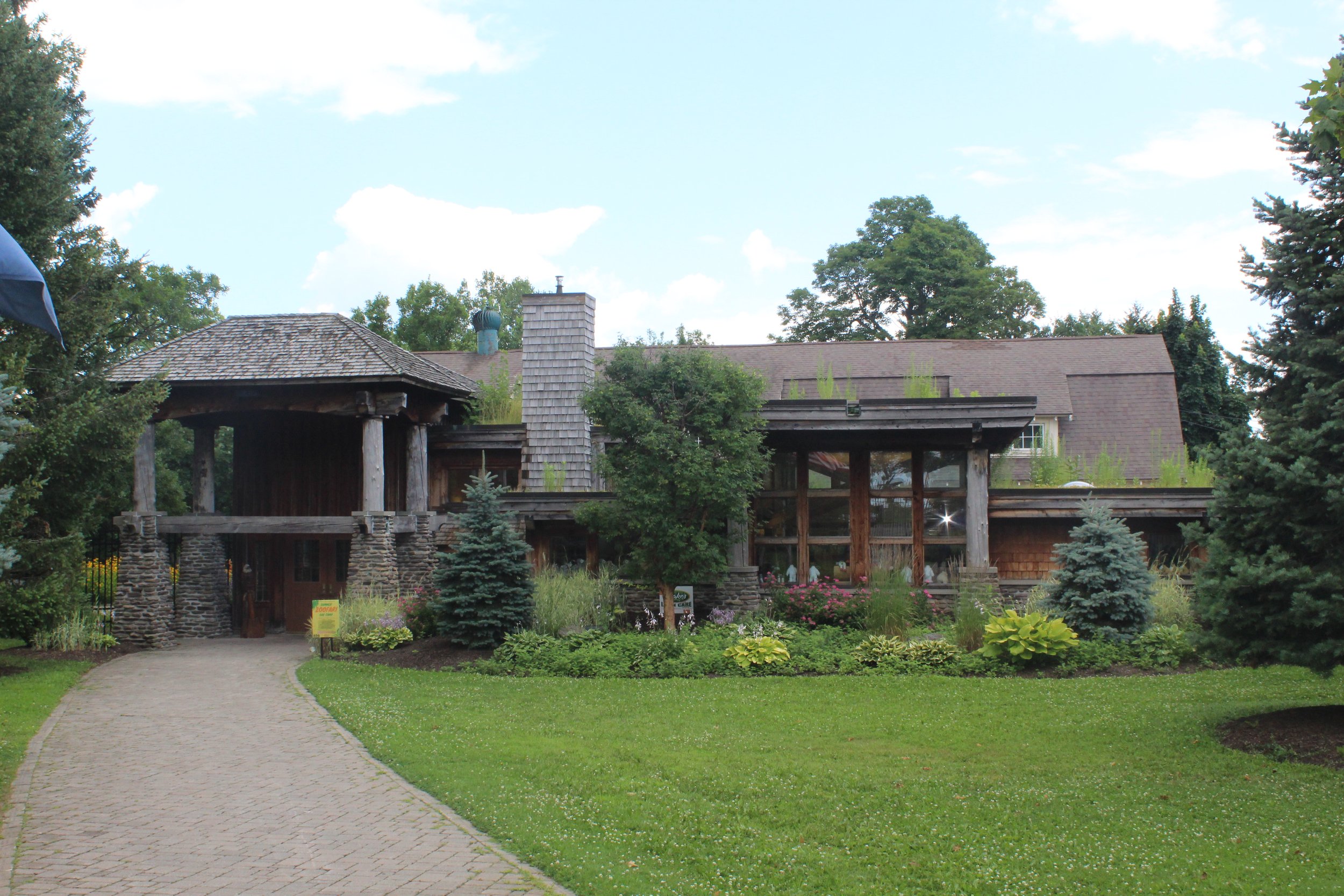Bearizona is a northern Arizona gem embracing Western-lodge kitsch and imbued with art. Blessed with the an ideal location along Route 66 and on the way to the Grand Canyon, this small family-owned attraction features both a lovely walk-through experience and an impressive drive through. It stands out for its quirky character and strong underlying conservation messages.
ZooWorld: Embracing the Kitsch
If you’ve ever spent time at a popular beachside destination in the U.S., you are probably well-acquainted with the kitschy, uniquely American, tourist trap vibe that often accompanies these places. Panama City Beach is no exception. Brightly colored signs dot the roads inviting guests into themed or ramshackle seafood joints. Mini-golf courses with tall waterfalls and pirate ships are squeezed between ice cream shops and places to rent scooters and slingshot cars. It is in this context that we delighted in the tourist destination of ZooWorld. To be sure, the five-acre ZooWorld is not without its problems, but overall, the experience is happy and fun with a dose of humor, and the park is clean and comfortable, if not outdated in places.
Zoo New York: A New York State of Experience
The rustic New York State Zoo in Watertown, New York reflects a clear brand and mission, and translates those into a cohesive guest experience. Not without its flaws—mainly due to outdated habitats, the zoo feels larger than its 30 acres due to an overwhelming sense of being lost in an authentic landscape complete with historic interpretation.
Rosamond Gifford Zoo: Developing the BIG Identity
Rosamond Gifford Zoo in Syracuse, New York is a modern, small zoo saddled with the challenges many face: steady, slow attendance growth; mish-mash of design ideas; nearly zero winter attendance; outdated exhibits and buildings next to innovative ones. Focusing on telling the story that the ‘small zoo can do big innovative things’ by building on the existing modern exterior entry experience and green practices will solidify its foundation for the future.
Hattiesburg Zoo: The Littlest Big Zoo
Hattiesburg Zoo in Hattiesburg, Mississippi—home to Ole Miss—is a small zoo (12 acres) in a small town (50,000). Yet, despite the ‘small’ challenges, Hattiesburg Zoo delivers on a level of guest immersion that would be expected from much larger facilities. Highlights include the steampunk education center, splash play area at the core of the zoo, themed Africa and overnight camp, Australia, and children’s play area. However, despite the well-thought out place-making and storytelling, the zoo is missing one core element—the heart and soul.
The Wild Animal Park: The Cabela’s of Zoos
Relatively new and growing, The Wild Animal Park, in rural central New York still has its brand new shine. Efficiently well-planned, aesthetically pleasing, and a wide variety of animals and interaction possibilities makes this a great short stop for road-trippers. However, a few details detract from its potential, including lack of naturalistic vegetation & topography and the compact nature of the site.
Seneca Park Zoo: An East Coast Charmer
County-owned, AZA accredited Seneca Park Zoo is a twenty-acre gem set into Olmsted-designed Seneca Park in Rochester, New York. Unlike many publicly owned small zoos, this one is unique for many reasons. The biggest, and most challenging, lies within the site itself—a long linear sliver of land following the edge of the park and not nearly wide enough for a loop path. This challenge manages to become an attribute in surprising ways.
Utica Zoo: Oktoberfest All Year-Round!
The iconic Bavarian building at the heart of the 40 acre, AZA accredited Utica Zoo, perfectly personifies the character and soul of the small zoo itself—a reflection of the dominant German population in Utica at the time of its opening in 1920. Utica Zoo is an adorable regional gem, but improvements in service access efficiency, upgrades to older areas of the zoo, and deeper thinking related to the selection of animals are needed.
Abilene Zoo: On the Cusp of a Growth Spurt
Frank Buck Zoo: Building Repeatability
Caldwell Zoo: A Timeless Ballad
The Caldwell Zoo in Tyler, Texas is a large ‘small’ zoo located in a small town. Drawing 250,000 in annual attendance from a drive time of about 1.5 hours, the family zoo is a great example of the best of small zoos—lovingly and thoughtfully designed using a blend of modern, innovative zoo design techniques with clean, timeless designs and light touches of theming set in a lush landscape with water features. A timeless, beautiful zoo borne from love—and a desire to be a community asset.
Austin Zoo: Keeping it Weird-ly Underperforming
The 20-acre private zoo tucked into the hillside on the outskirts of growing Austin, Texas metro has plenty of challenges to tackle, but the beauty of the site and its proximity to Austin (and being the only zoo within an easy drive of the city) means the Zoo has almost unlimited untapped potential to become very successful—and a “weird” little gemstone to the community.















